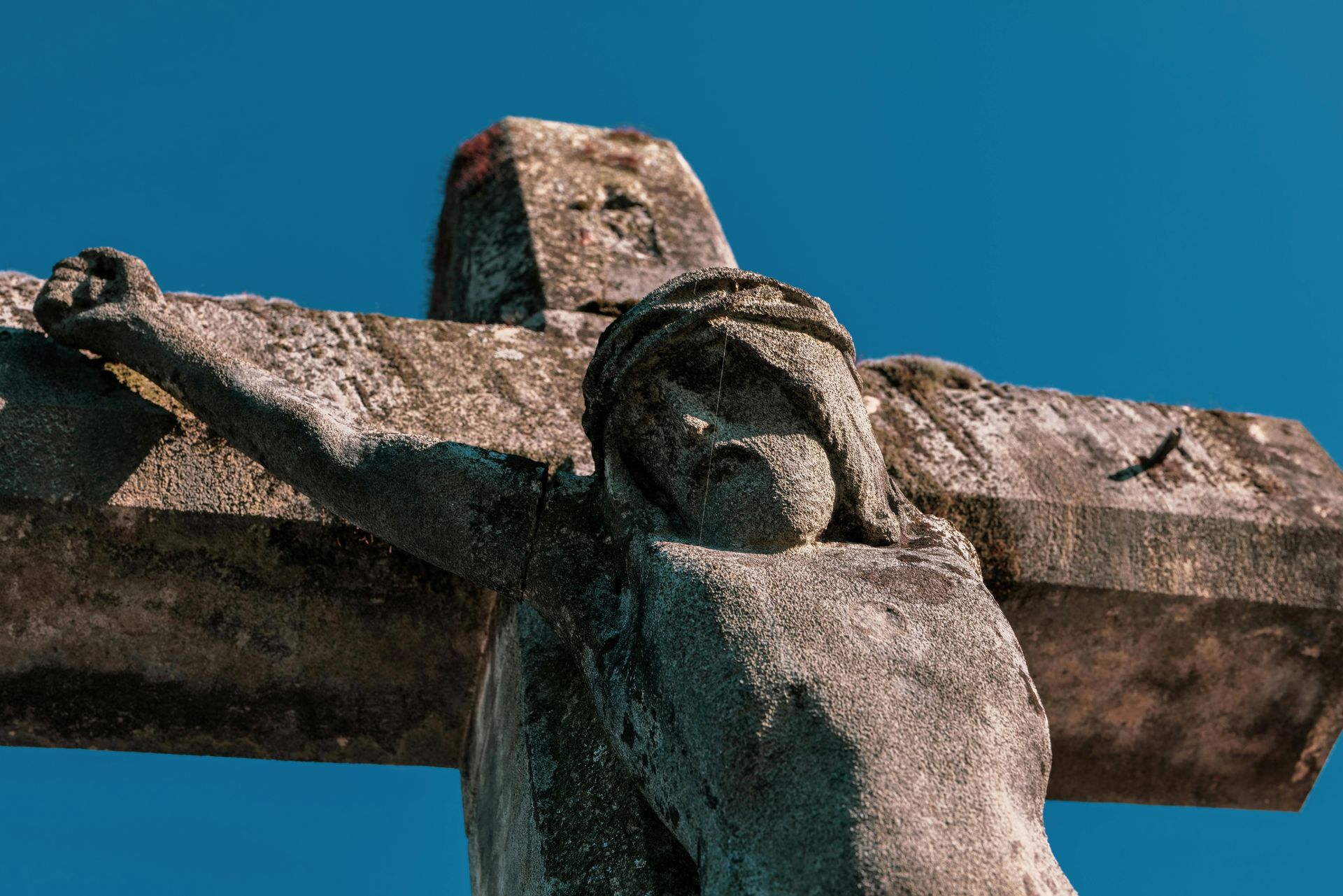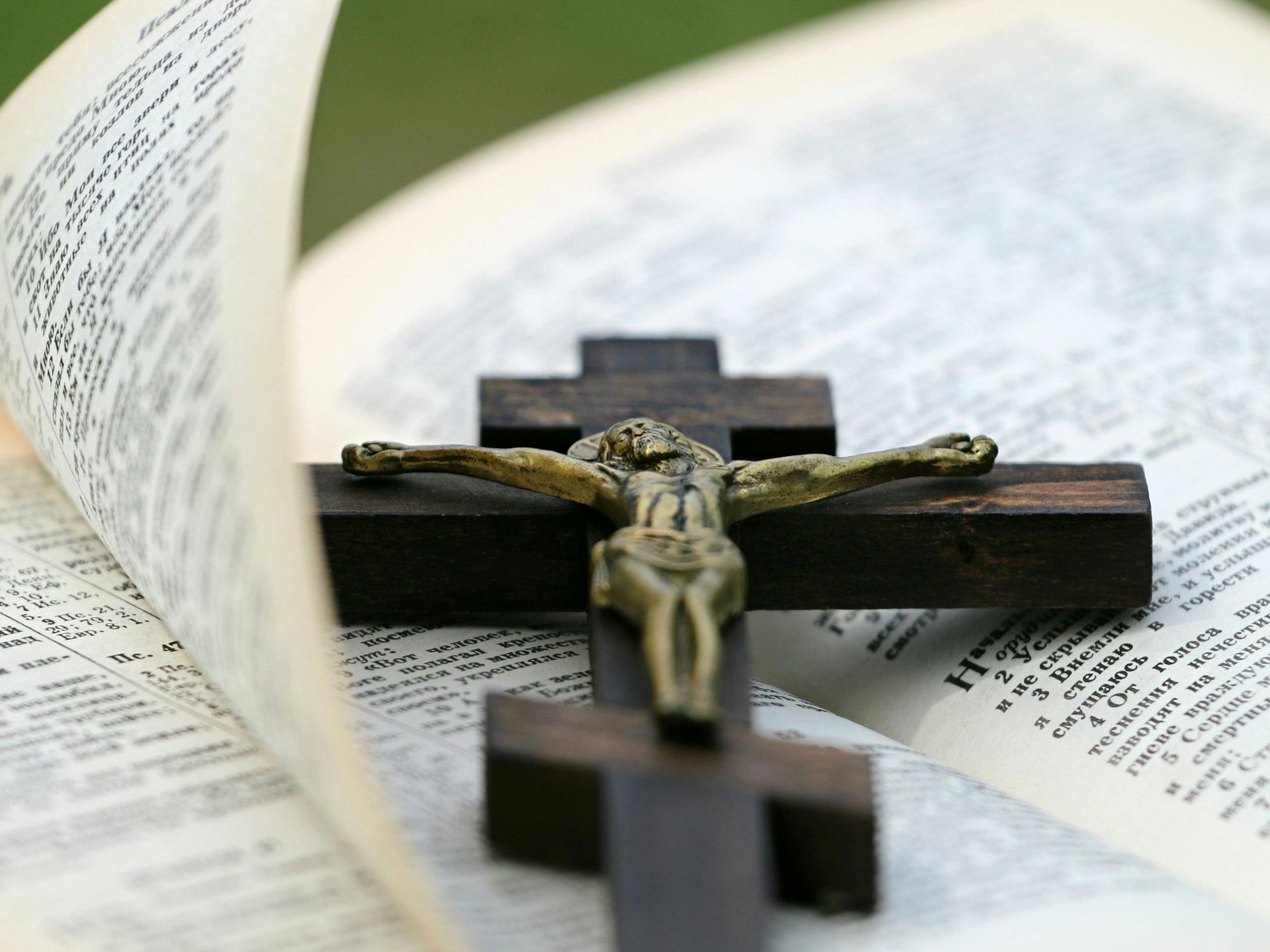Ascension Sunday
Prima conversion ad Deum fit per fidem

The Gospel and the first reading recounts how Jesus entered the Glory of his Father. But the images used are not easy for us to understand and we run the risk of looking on the feast of Ascension with our eyes raised to the sky. This is exactly the opposite of what we should do. It is a feast that invites us to look to earth, to people among whom we are called to make present the work of the Master. Though Jesus was no longer visible, the disciples were full of joy and the Gospel hints at the reason for it. And these same reasons should cause us to be joyful too. The second reading completes the message. Even though we must keep our eyes on the earth, we know that human life is not enclosed by it nor does it end within narrow confines of this world.
As St. Leo preached on this occasion centuries ago, what was previously visible in the Redeemer is now present in the rites. Christ has gone away only to be available through the spirit in the sacraments. And because he lives among us, St. Leo says, “Where the Head has gone, the Body hopes to follow.” The Ascension of Christ is a promise of what lies ahead for believers. For it is natural to grieve when we lose someone who is important to us. But instead of grieving the disciples “returned to Jerusalem with great joy.” They would have had no joy if they thought only of their separation from him. After resurrection they began to see him in a different way. Their new way of seeing Jesus gave them new faith and hope and love. They could only rejoice in the faith, hope, and love that filled them. Can we too rejoice in the Ascension of our Lord? St. Thomas Aquinas said,
“Prima conversion ad Deum fit per fidem – The first conversion to God consists in believing.” IF we stay one with Jesus Christ, we shall one day share His glory. That is our hope. Amen.







